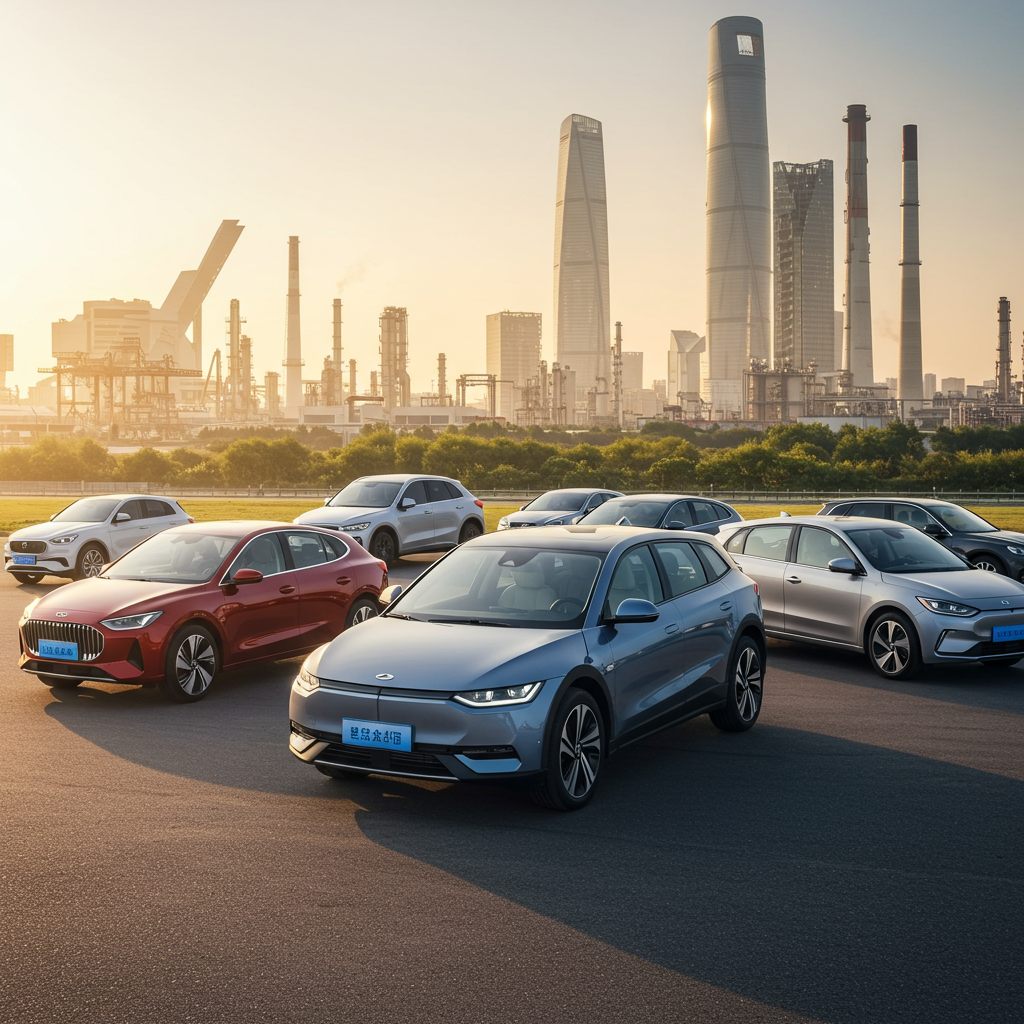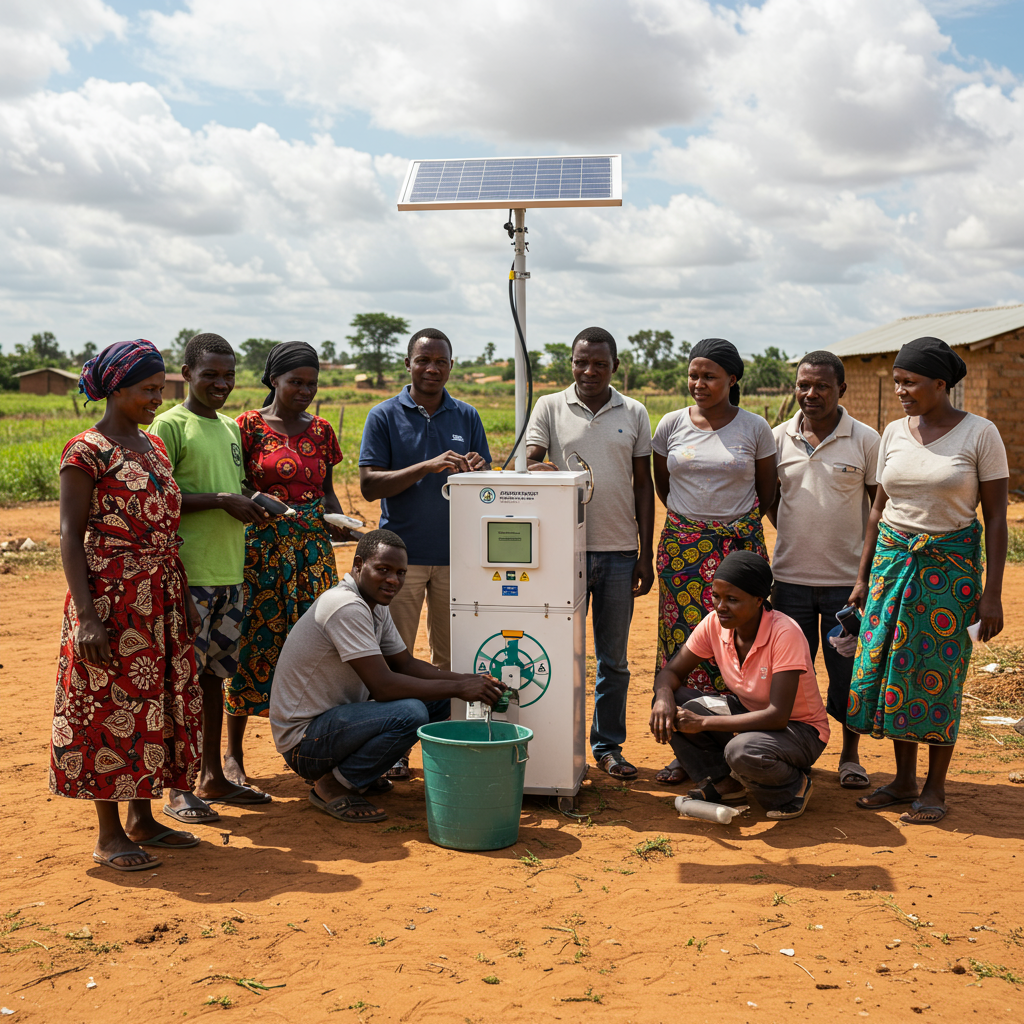China stands as the undisputed leader in the global electric vehicle (EV) revolution. Just two decades ago, its automotive industry was primarily focused on domestic needs. Today, China not only builds and sells more EVs than any other nation but also sets the pace for innovation and affordability. This remarkable transformation wasn’t accidental; it’s the result of a deliberate, long-term strategy backed by substantial government investment and a fiercely competitive domestic market that breeds rapid advancement. Understanding how China achieved this dominance provides crucial insights into the future of transportation worldwide and the challenges facing traditional auto powers.
China’s Unrivaled Scale in Electric Mobility
The numbers paint a clear picture of China’s dominance. The country is home to over 20 million EVs on its roads, a figure unmatched globally. In 2023 alone, China saw a substantial 35% increase in EV sales, a pace significantly faster than seen in many Western markets. For comparison, EVs constituted only around 10% of new car sales in the US in 2023 and roughly 22% in Europe during the same period. The growth rate in these regions has recently cooled, while China’s accelerated.
China is also rapidly becoming the world’s largest car exporter. By 2024 estimates, China is set to export around 5.7 million cars, surpassing traditional giants like Japan and Germany. A significant portion of this export surge is electric vehicles. In 2023, China exported 1.7 million electric cars, vastly exceeding the volume from any other country. These exports are targeting markets globally, including Europe, Southeast Asia, and Latin America, often leveraging competitive pricing and a broader range of models than Western counterparts offer.
The Strategic “Master Plan” for EV Leadership
China’s ascent as an EV superpower stems from a deliberate, decades-long government strategy. Recognizing that its domestic brands struggled to compete with established global players in gasoline cars, Chinese policymakers, led by figures like former science minister Wan Gang, decided to “change the game” by focusing on electric mobility. This foresight allowed China to build expertise and infrastructure in a nascent technology before Western competitors fully committed.
Key drivers for this strategy included reducing heavy reliance on foreign oil imports and tackling severe urban air pollution. The government’s commitment was underscored by massive financial support. Between 2009 and 2023, the Chinese government reportedly invested over $230 billion into developing its EV industry. This “carrot” approach included direct subsidies to both manufacturers and buyers, infrastructure investment, state-controlled loans, tax breaks, and preferential access to land and electricity.
Building a Pervasive Charging Network
A critical component of China’s strategy was building extensive charging infrastructure. As of June 2024, China boasted over 10.2 million EV chargers, representing a 54% increase year-on-year. This vast network includes over 8.5 million public charging points, exceeding the total number available in the rest of the world combined. Standardizing charging systems with a single plug type also simplified usage, reducing a major barrier to adoption faced elsewhere.
Controlling the Vital Supply Chain
China strategically invested across the entire EV supply chain, securing control over critical raw materials and manufacturing components. The country dominates the processing of materials like graphite and rare earths, essential for battery production, and is strategically located near major semiconductor chip manufacturing hubs like Taiwan.
This comprehensive approach gives China a structural advantage that experts estimate could take other nations a decade or more to counter. Chinese companies like CATL have become global giants, with CATL alone producing over a third of the world’s EV batteries and supplying major automakers worldwide. BYD, originally a battery company, leveraged this expertise to become a leading vehicle manufacturer.
Intense Domestic Competition Fuels Innovation
While Western markets are often dominated by a few large players, China fostered an environment of intense domestic competition among numerous automakers and startups. This environment, often described as “Silicon Valley-type,” means that only the “fittest can survive,” constantly pushing companies to innovate and improve rapidly.
Companies like XPeng, Li Auto, and NIO are developing advanced features such as sophisticated autonomous driving systems and battery-swapping technologies. This rapid pace of innovation is forcing global players to take notice; Volkswagen, for example, acquired a stake in XPeng. This competitive pressure drives down costs and speeds up the introduction of new, compelling models to the market.
Affordability: Making EVs Mainstream
A significant factor in China’s mass EV adoption is affordability. Unlike in the US and Europe, where EVs are often priced as premium vehicles, two-thirds of EVs sold in China in 2023 were cheaper than their gasoline-powered equivalents. This strategic pricing makes EVs a practical, accessible option for everyday consumers, not just a luxury purchase.
Government policies further enhance affordability. Subsidies for trading in older cars, ongoing sales tax exemptions (until 2027), and subsidized charging rates lower the total cost of ownership. Crucially, cities with costly traditional vehicle registration plates often waive these fees for EVs, issuing free “green plates” instead. This makes switching to electric a financially smart decision for millions of Chinese drivers.
Battery Swapping: A China-Led Innovation
One innovation gaining traction in China is automated battery swapping, pioneered by companies like Nio. Instead of waiting to charge, drivers can swap a depleted battery for a fully charged one in under three minutes. This offers a convenience similar to filling a gasoline tank and is often priced competitively, removing range anxiety and charging wait times as major barriers for many users.
Global Pushback and Protectionist Measures
China’s rapid rise has triggered alarm globally, particularly in countries with strong domestic auto industries. Governments in the United States, the European Union, Canada, and elsewhere have imposed significant additional tariffs on Chinese-made EVs. The US has enacted a 100% tariff, while the EU’s tariffs range from 7.8% to 35.3% depending on the manufacturer and perceived level of state subsidy.
These measures are justified on various grounds, including concerns about unfair state subsidies creating an uneven playing field, the potential for job losses in domestic auto sectors, and even national security concerns related to networked “computers on wheels.” China itself maintains high tariffs on imported cars, ensuring its domestic market is largely supplied by local production.
Challenges for Western Markets
The US and Europe face considerable challenges in competing with China’s dominance. Despite ambitious government goals and investment in charging infrastructure, the pace of deployment has lagged significantly behind China’s. As of late August 2024, the US had fewer than 200,000 public chargers nationwide, with very few of the federally funded fast chargers operational along highways. This slow build-out contributes to consumer “range anxiety” and hinders broader adoption.
Consumer preference remains a hurdle; many US motorists express no immediate plans to buy a fully electric car. Furthermore, Western manufacturers and governments still rely heavily on China for critical minerals and components within the EV supply chain. Experts suggest that catching up requires not just mandates and incentives but also focused investment in advanced materials, domestic mineral extraction, robotics, automation, and the entire ecosystem supporting electrification, from logistics to workforce training.
Tesla’s Shifting Landscape
Even global EV pioneer Tesla is facing significant pressure, losing ground in key markets to aggressive Chinese competitors. Sales declines have been noted in the US, China, and parts of Europe. Analysts attribute this to intense competition from players like BYD, who offer a wider range of models, faster innovation cycles, and more competitive pricing, particularly in emerging markets. Tesla’s limited model lineup and premium pricing strategy make it less accessible to mass markets where Chinese brands are thriving. While Tesla explores expansion in new territories like India, it faces entrenched local competitors and already active Chinese players.
Frequently Asked Questions
How did China become the world leader in electric vehicles so quickly?
China’s dominance is the result of a strategic, long-term government plan initiated over a decade ago. The government provided massive investments ($230B+), significant subsidies to both manufacturers and consumers, built vast charging infrastructure (over 10M chargers), and secured control over key supply chain elements like battery production and critical minerals. This state-backed approach, combined with fierce domestic competition among numerous companies, fostered rapid innovation, lower costs, and mass adoption.
What kind of support does the Chinese government provide to the EV industry and buyers?
The Chinese government’s support has been multifaceted. Historically, it included substantial direct subsidies for buying EVs, which phased out in 2022 but were replaced by other incentives like sales tax exemptions (valid until 2027). Policies also subsidize charging rates and offer benefits like free license plates in congested cities, avoiding costly traditional plates. For manufacturers, support included R&D funding, state-controlled loans, tax breaks, and assistance with land and electricity costs. Investment also targeted the entire supply chain, from mining to charging infrastructure.
Are Chinese electric vehicles more affordable than Western EVs?
Yes, Chinese EVs are generally more affordable. Reports indicate that in China, two-thirds of EVs sold in 2023 were cheaper than comparable gasoline cars. This cost advantage stems from lower production costs, including significant savings in labor and factory expenses, coupled with China’s control over the crucial battery supply chain. This affordability positions Chinese EVs as a mass-market option, distinct from the often higher-priced Western models, making them highly competitive globally.
The Road Ahead
China’s strategic push has fundamentally reshaped the global auto industry. Its control over key technologies, dominance in manufacturing scale, and ability to produce affordable, innovative vehicles position it strongly to lead the world’s transition to electric mobility. While international tariffs and protectionist measures aim to slow this progress and protect domestic industries, China’s inherent cost advantages and integrated supply chain make it a formidable competitor. The challenge for nations in the US and Europe is not only to build out their own EV ecosystems but also to find ways to innovate and compete effectively in a market increasingly defined by the speed, scale, and affordability pioneered by China. The coming years will reveal whether Western players can close the gap or if China will solidify its position as the dominant force in the automotive future.




